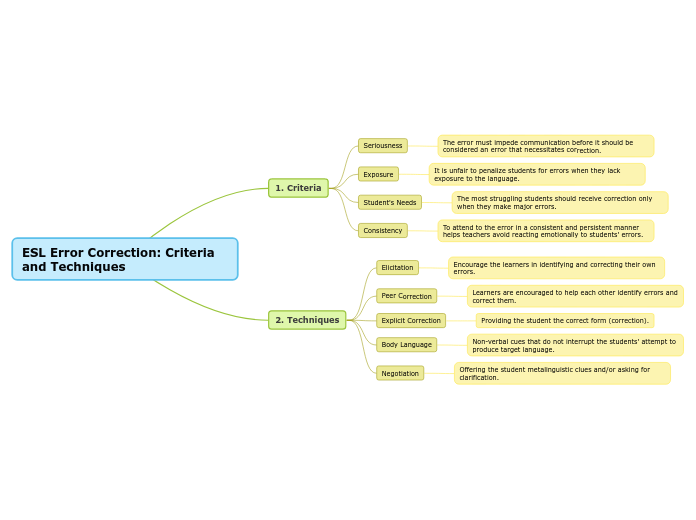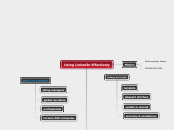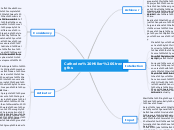par Carolina Enriquez Il y a 4 années
383
ESL Error Correction: Criteria and Techniques
When teaching English as a Second Language (ESL), instructors employ various techniques for error correction to enhance learning and communication. Techniques include using body language to provide non-verbal cues, explicit correction where teachers directly provide the correct forms, and elicitation which involves encouraging students to self-correct their mistakes.









